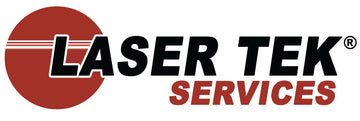Have you heard the dot matrix printer emits a jarring sound; akin to a whirring dialup modem? It’s still being used today by many companies even if the availability is limited. There are only a few companies that still manufacture dot matrix printers and are still relevant for their practicality and longevity.
A dot matrix printer is one of the oldest types of commercially available printer hooked to our computers that first appeared in the 70s. It has a head that runs back and forth an ink-dipped ribbon by pushing small metal rods and strike against to a paper’s surface. The printed output is produced in a form of dots that can be seen by the naked eye and can continuously print one text line at a time. While these printers are usually used to print text, they can also be used to print simple graphics in bitmap or ASCII (American Standard Code for Information Interchange) form.
Compared to its newer inkjet and laser siblings, a dot matrix printer has inferior print output as it can only print in 70-200 dpi in resolution. The fonts that can be printed properly are limited to monospaced fonts, optical character recognition (OCR) fonts or sans-serif fonts. But its print output lasts; it fades gradually over a long period of time than rapidly.
Cost
Dot matrix printers are known for their low printing and maintenance costs. A single ribbon can print roughly 2300 pages of text. They are also durable; many printers still work today for more than a decade of continuous operation. In fact, these printers can withstand in a hot or humid environment.
Application
If a workplace requires continuous paper usage, dot matrix printers have also the advantage that lets you print without changing of paper. Such printing task is critical for printing pre-printed invoices, job orders, receipts and forms.
It’s not rocket science why dot matrix printers are still the being used for many businesses or big companies despite being the oldest technology among inkjet or laser counterparts. They are true workhorses and reliable as ever.





